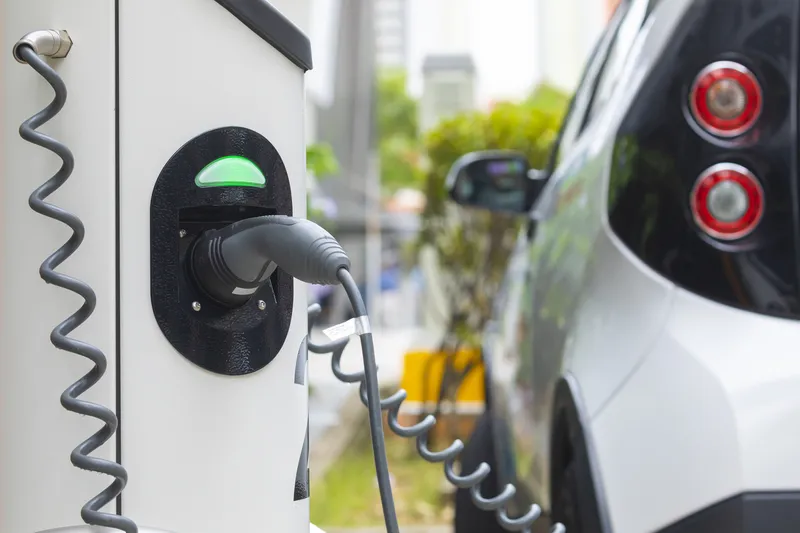The UK’s University of St. Andrews has received £12 million to lead a project on the development of a sodium ion battery for electric vehicles (EV).
The four-year Nexgenna project is seeking to commercialise a safe sodium ion battery which offers low cost and long cycle life.
The university says the solution could enable EVs to travel further and allow electric trains to run on non-electrified lines, making rural routes in the Scottish Highlands commercially viable.
The funding body announced the investment as part of a £55m funding round for research into energy storage.
Other partners involved in the project include Lancaster University, the University of Cambridge, University College London, the University of Sheffield and the Science and Technology Facilities Council.
St. Andrews gets £12m to develop EV battery
The UK’s University of St. Andrews has received £12 million to lead a project on the development of a sodium ion battery for electric vehicles (EV).
The four-year Nexgenna project is seeking to commercialise a safe sodium ion battery which offers low cost and long cycle life.
The university says the solution could enable EVs to travel further and allow electric trains to run on non-electrified lines, making rural routes in the Scottish Highlands commercially viable.
The funding body announced the inve
September 10, 2019
Read time: 1 min









